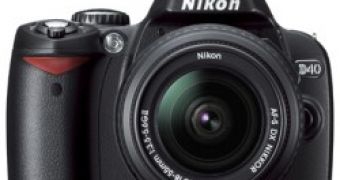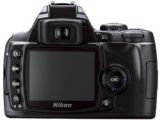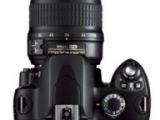It is safe to say that Nikon has launched today the most elementary DSLR on the market; they can't go lower than this with a single lens reflex camera.
But first, let's see what the new D40 has to offer. Surprisingly, Nikon has decided to keep the same sensor included in the older brother, the D50; so, the new camera has a 6.1MP sensor in a DX format, meaning a crop factor of 1.5.
Although several features in the D50 have been stripped off from the D40, the new camera does have some advantages over its predecessor. The processing unit is the same as the one used in the D200 and the D80 and Nikon has introduced SDHC support for capacities over 2GB.
Nikon has implemented the same 3D Color Matrix Metering II system with 420-pixel sensor, also found in the D50 and D80.
The D40 now uses a new AF module, the Multi-CAM 530, which has three AF areas, with central cross-type sensor operation.
The images captured at a speed of 2.5 frames per second, up to 100 consecutive shots (in JPEG Normal mode) can be reviewed on the D40's 2.5-inch color LCD monitor.
It's worth noticing that the D40 maintains the same synchronization speed as the D50, a strong selling point of the older camera. Photographers can set the shutter speed up to 1/500s when using a flash; in normal usage, the stop shutter speed is 1/4000s.
One of the most interesting, yet strange, decisions Nikon has made with the D40 is not to include an internal focus drive motor, which means the camera will not be able to auto-focus with lenses without a motor, such as the Nikkor AF 50mm f/1.8.
The D40 camera and the new 18-55mm f/3.5-5.6G ED II AF-S DX Zoom-Nikkor lens will be packaged together and made available beginning December 2006 for an estimated selling price of $599.95.

 14 DAY TRIAL //
14 DAY TRIAL // 

